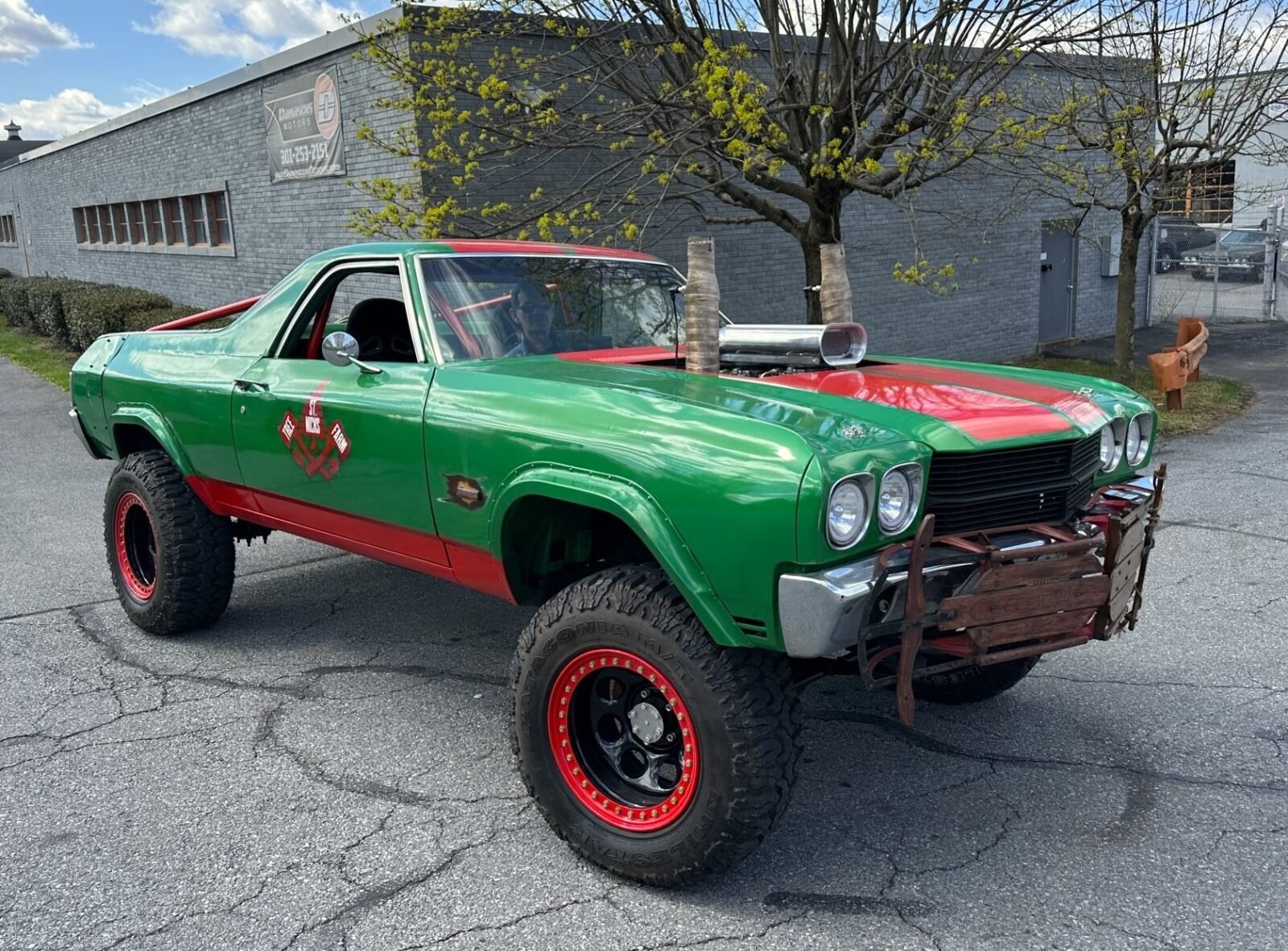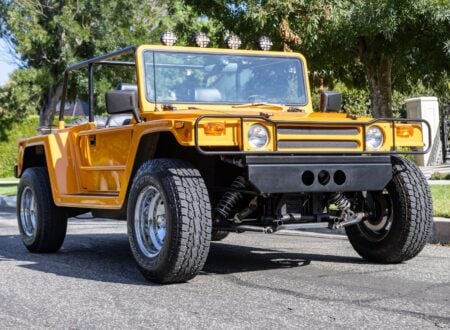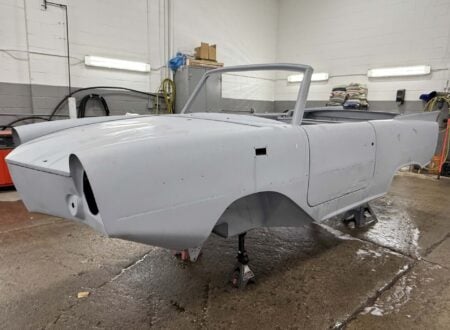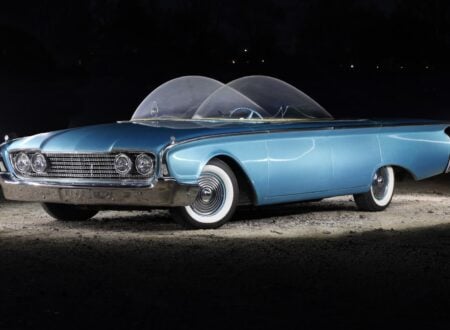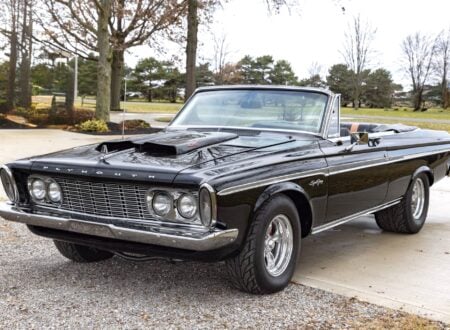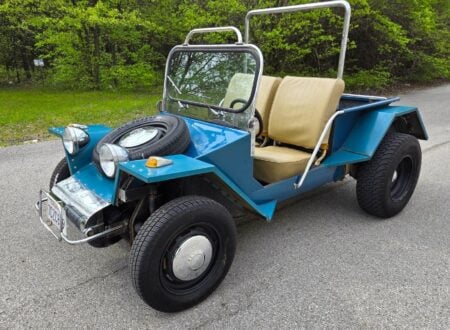This is a 1970 Chevrolet El Camino that was lightly-modified (wink) into a 500 bhp V8-powered apocalyptic battle truck for use in the movie Zombie Killer.
While the El Camino is functional and drivable, it’s only rear wheel drive at the moment. It is fitted with a front axle and differential but at the moment it’s not connected and would need a transfer case, front driveshaft, and other parts to get it working.
Fast Facts – The El Camino From “Zombie Killer”
- This 1970 Chevrolet El Camino was transformed into a 500 bhp, V8-powered battle truck and then featured in the film “Zombie Killer.” It currently operates as a rear-wheel-drive vehicle, despite having a front axle and differential installed; connecting these parts would require additional components including a transfer case and front driveshaft.
- Originally introduced in 1959, the Chevrolet El Camino combined passenger car-like comfort with pickup truck utility, becoming a distinctive vehicle type known in Australia as a “Ute.” Production ceased after two years but resumed from 1964 to 1987, spanning five distinct generations based on various Chevrolet platforms, primarily the Impala and Chevelle.
- Some versions of the El Camino would be ordered with engines like the powerful 454 cubic inch LS6 V8, rated at 450 bhp, making it one of the most powerful production cars of its time. The El Camino was eventually discontinued after 1987 due to declining sales, as consumer preferences shifted toward conventional pickup trucks, which offered broader practicality.
- The El Camino shown here was significantly modified for cinematic use, featuring lifted suspension, dual Edelbrock carburetors atop a 383 cubic inch V8, custom interior with racing components, and off-road tires. It’s currently up for auction and as noted it needs additional drivetrain parts to get its four-wheel-drive capability up and running.
History Speedrun: The Chevrolet El Camino
The Chevrolet El Camino was a car-based pickup produced by General Motors under the Chevrolet marque over five distinct generations. It was manufactured in two separate periods: from 1959 to 1960, and then again from 1964 to 1987. The El Camino combined the comfort and styling of a passenger car with the utility of a pickup truck. This vehicle type was originally invented in Australia, where it’s commonly referred to as a “Ute” – short for “Utility.”
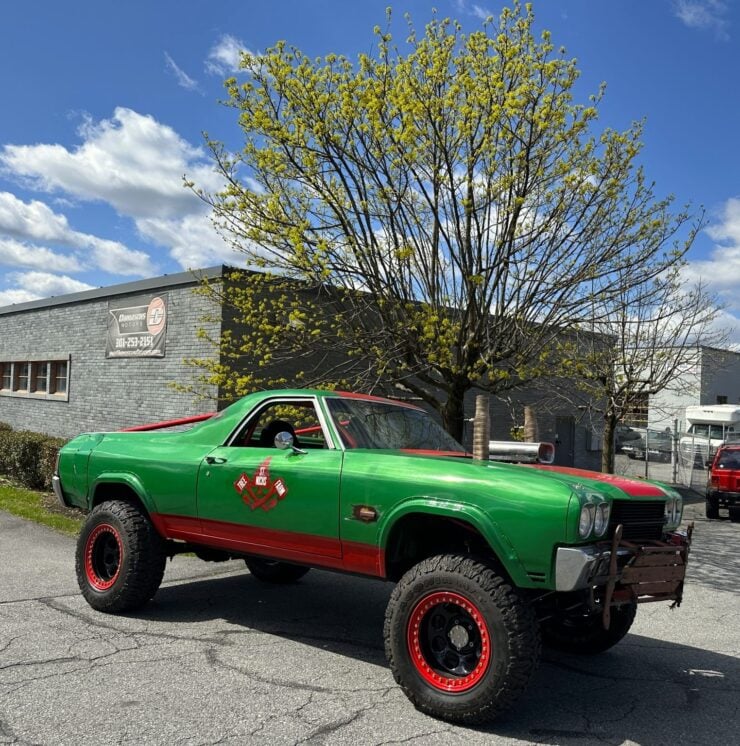

The first generation ran from 1959 until 1960. It was based on the Chevrolet Impala platform and it featured a full-size body with a pickup bed integrated into the rear end. Engine options included a 235 cubic inch inline-six and V8s ranging up to 348 cubic inches.
Production would cease after the 1960 model year due to declining sales – it seemed that Americans preferred full-size pickup trucks and this is where Chevrolet was focusing its attention.
After a four year hiatus, the El Camino returned in 1964 for its second generation, now based on the mid-size Chevrolet Chevelle platform. This generation offered a variety of engine choices, including inline-sixes and small-block V8s.
In 1966, a 396 cubic inch big-block V8 became available. The second generation continued through 1967 and enjoyed sales strong enough to ensure there would be a successor.
The third generation would run from 1968 until 1972. It saw the El Camino grow in size, as the Chevelle it was based on had also grown. A key addition to this generation was the SS396 performance package, which included the 396 cubic inch V8 from the Chevelle.
In 1970, Chevrolet also introduced the 454 cubic inch LS6 V8 as an option, rated at 450 bhp, making it one of the most powerful engines available in a production vehicle at the time.
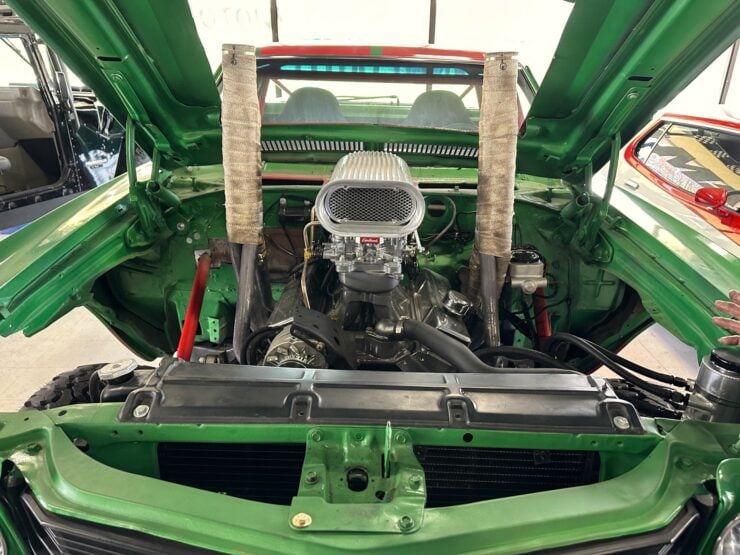

The fourth generation was offered from 1973 to 1977. This would be the largest El Camino produced, again based on the Chevelle platform. It featured a longer wheelbase and larger overall dimensions. Engine options included inline-sixes and V8s up to 454 cubic inches.
In 1976, the front end was redesigned with stacked rectangular headlights. Despite the large V8 engine options, power had begun to sharply decrease due to US emissions restrictions. A factor that was affecting production cars from all marques in the 1970s (and beyond).
The fifth and final generation ran from 1978 to 1987, it was downsized, aligning with the new Chevrolet Malibu platform. It featured sharper styling while engine options included V6s and V8s, with a diesel V8 available from 1982 to 1984. Trim levels included the base model, Conquista, and Super Sport (SS).
Production moved to Mexico in 1985, and the El Camino was discontinued after the 1987 model year. After this, the El Camino would leave production permanently. Its sales figures simply couldn’t compete with the broad appeal of pickup trucks, and Chevrolet/GM pickups were among the best selling in the nation.
The “Zombie Killer” Chevrolet El Camino Shown Here
The vehicle you see here is a 1970 Chevrolet El Camino that has been modified for film use, it was apparently used in the movie “Zombie Killer,” but there appear to be two films with this title and it’s not clear which one it might have appeared in.
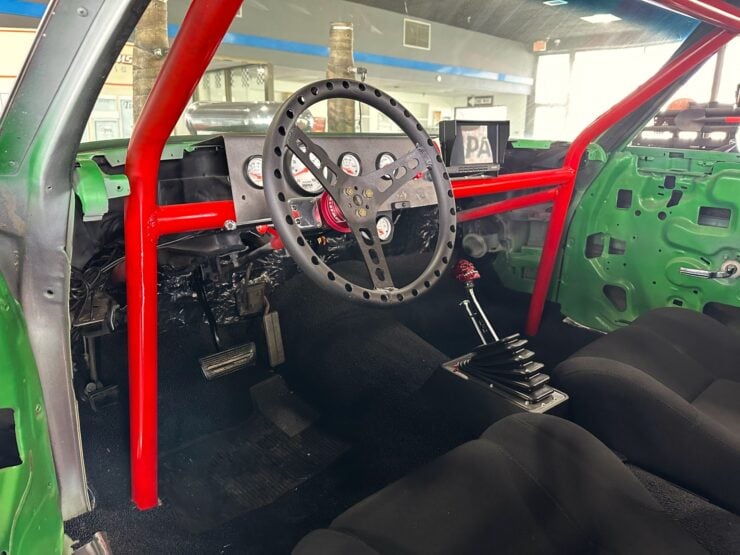

The listing isn’t particularly detailed on just how it was built, it’s built on a modified chassis and it now has live axles front and back sitting on leaf springs. The front axle isn’t currently powered, and the car will need a transfer case and a front driveshaft to get it working – at the very least.
Power is now provided by a 383 cubic inch V8 that breathes through dual Edelbrock carburetors sitting atop a high-rise intake manifold. It also has an aluminum radiator, dual electric fans, and chrome valve covers.
The internal mods aren’t listed, however the seller explains that they have tested it on a dynamometer and it produces a claimed 500 bhp. The engine is mated to a 3-speed Turbo Hydra-Matic automatic transmission which has a 2,000-rpm stall-speed torque converter.
The vehicle rides on black 17″ wheels with red beadlock rings, they’re fitted with 285/70 Milestar Patagonia M/T tires. It has lifted suspension (as you can see), as well as power steering, front disc brakes, and rear drums.


Inside you’ll find twin bucket seats, the interior is largely stripped, it now has a red roll cage, front and rear-facing camera displays, a drilled Joe’s Racing steering wheel, a custom dashboard fascia with AutoMeter instruments, and it has a B&M shifter.
This highly-unusual El Camino is now being offered for sale on Bring a Trailer out of Damascus, Maryland with a clean Maryland title in the name of the owner’s LLC. If you’d like to read more or place a bid you can visit the listing here.
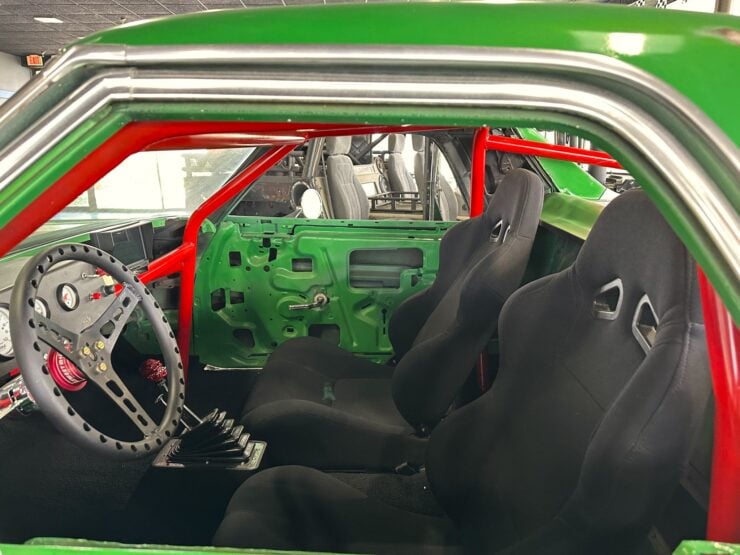
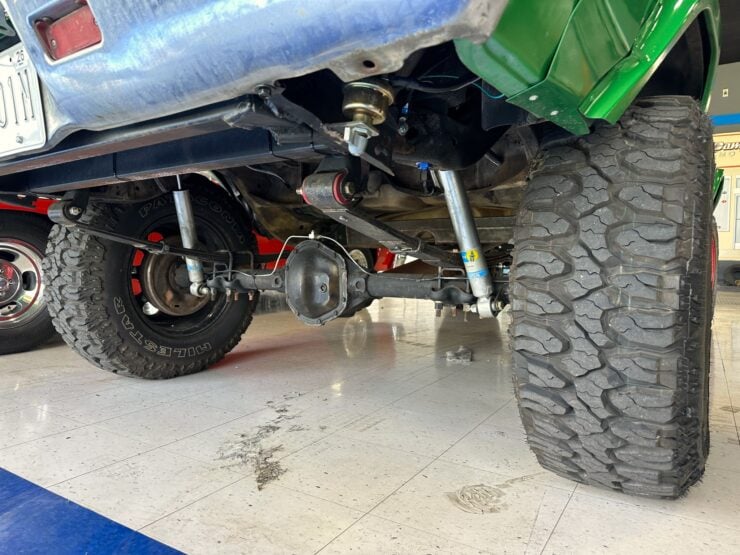
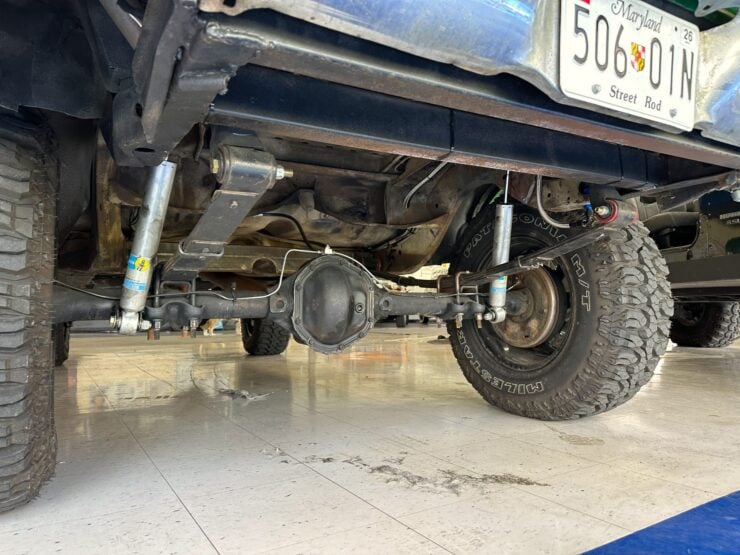

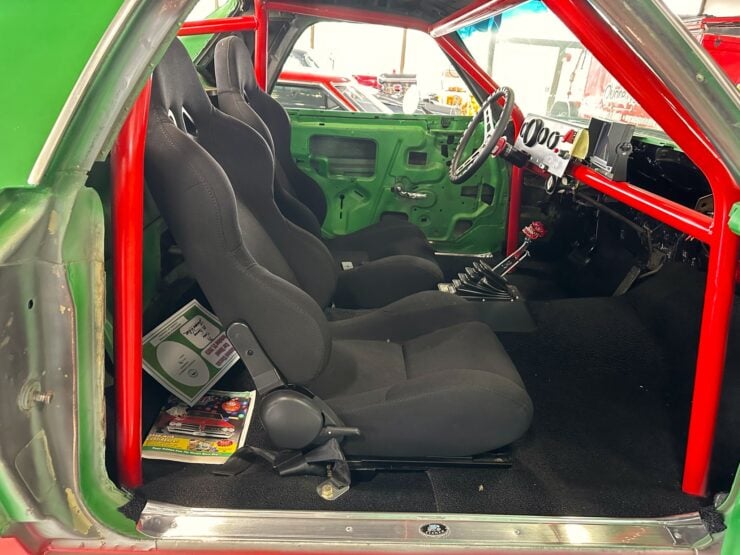
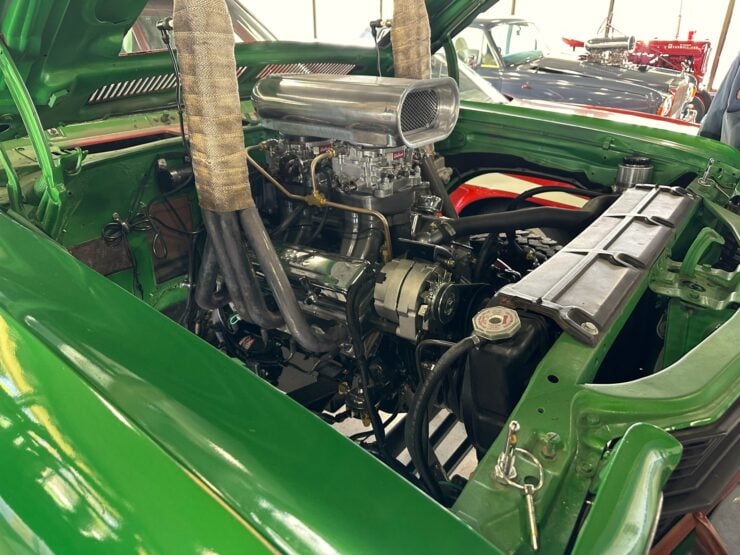
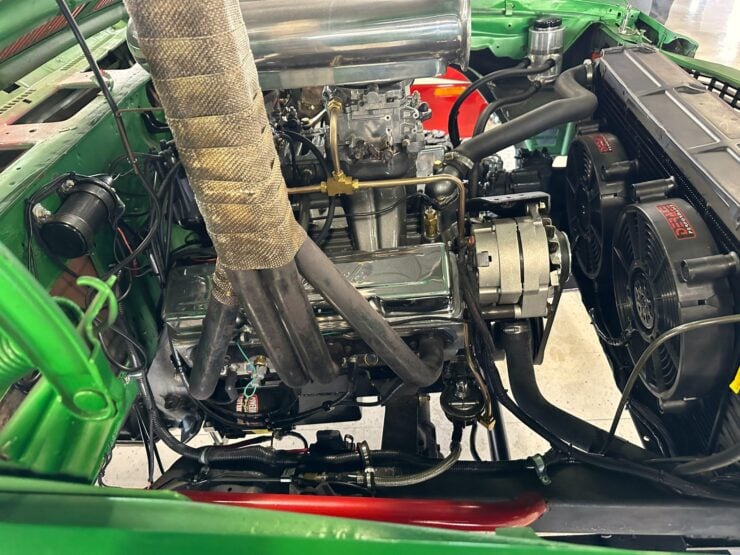
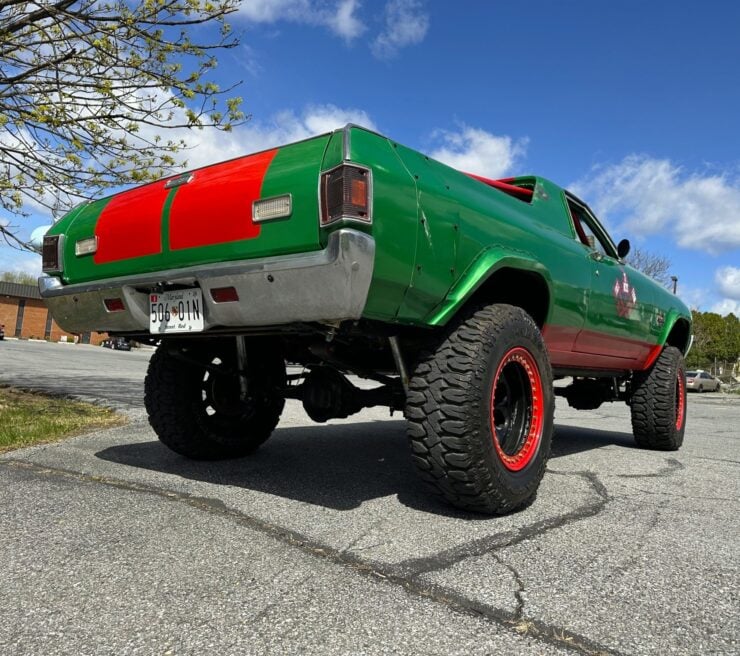
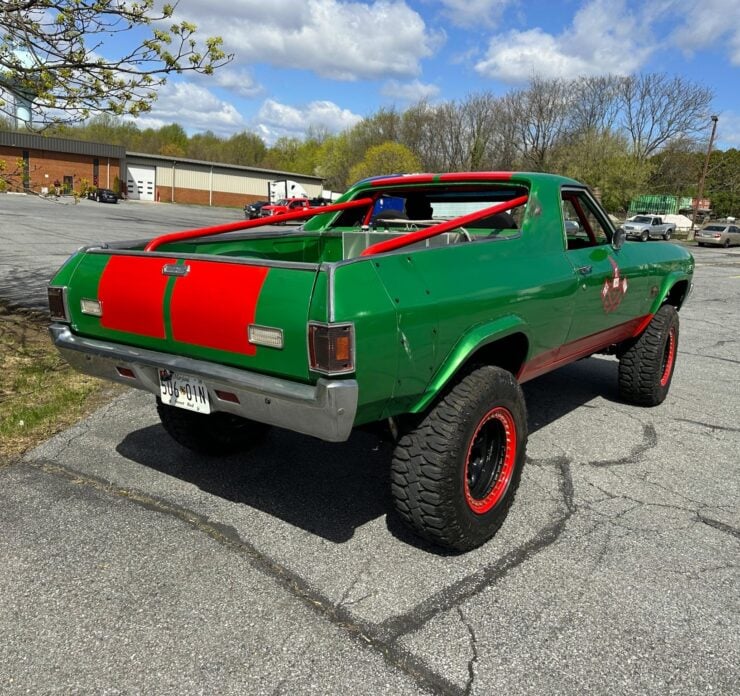
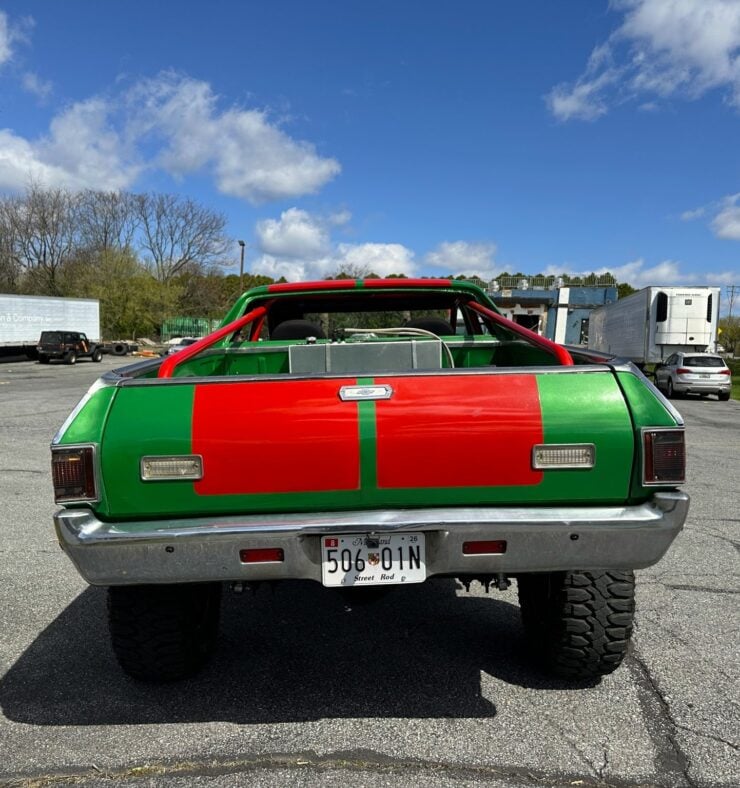
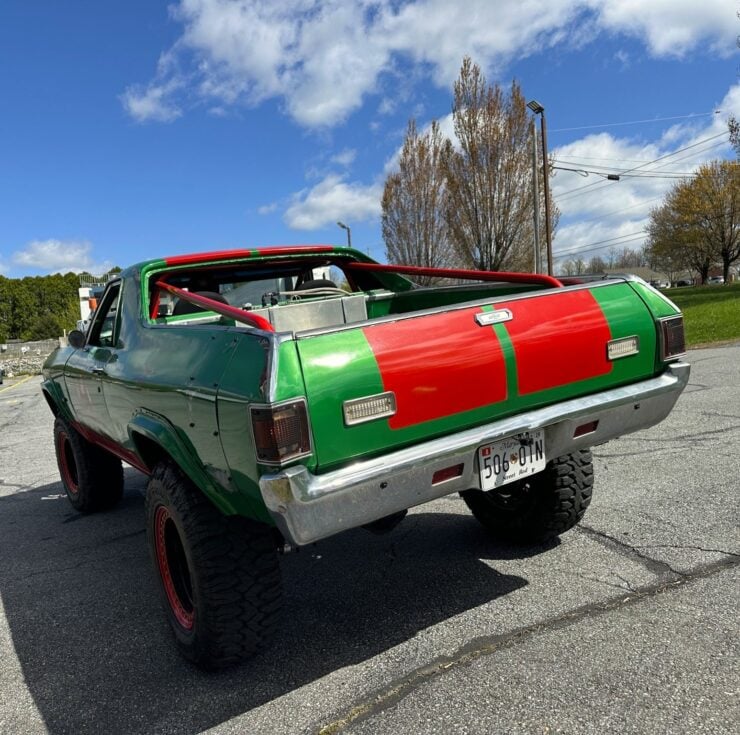


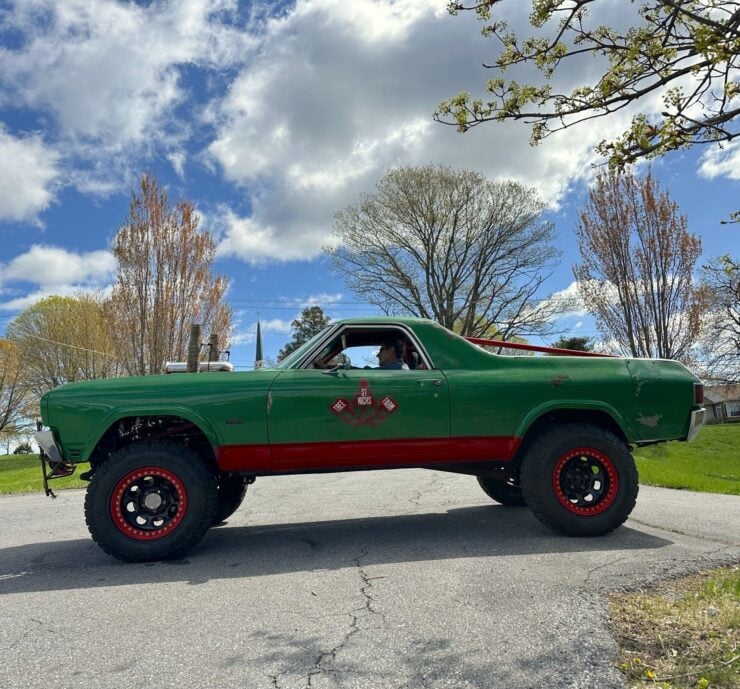
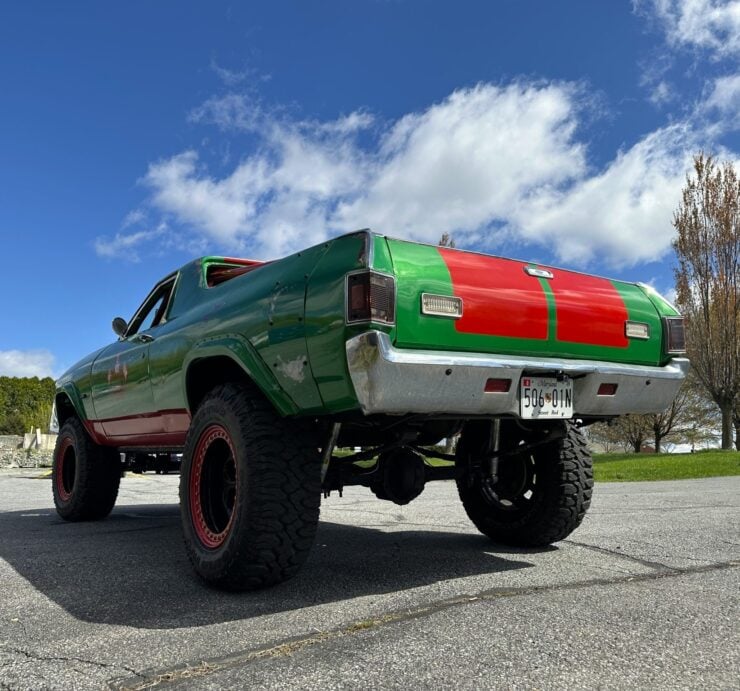
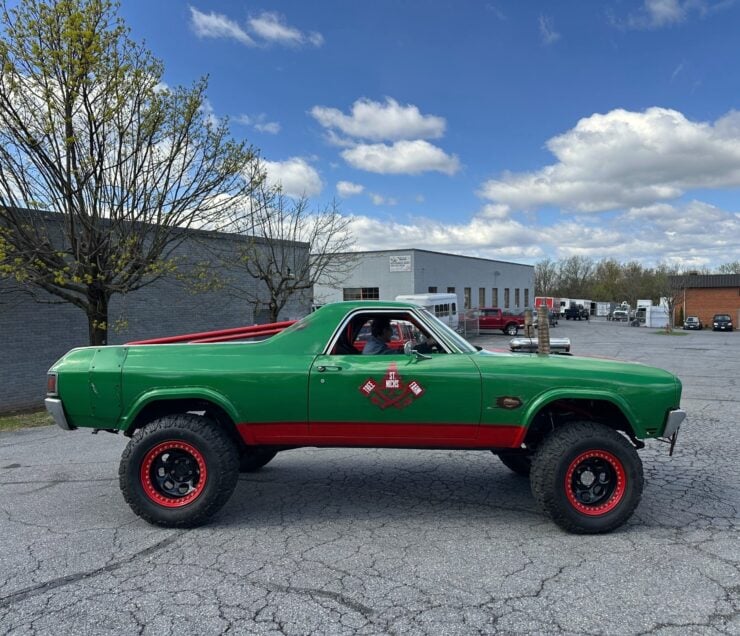
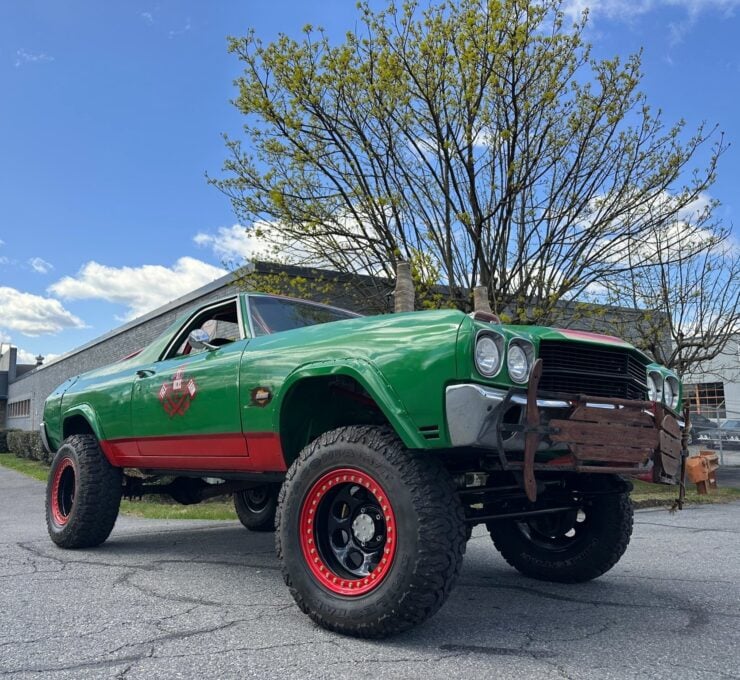
Images courtesy of Bring a Trailer

